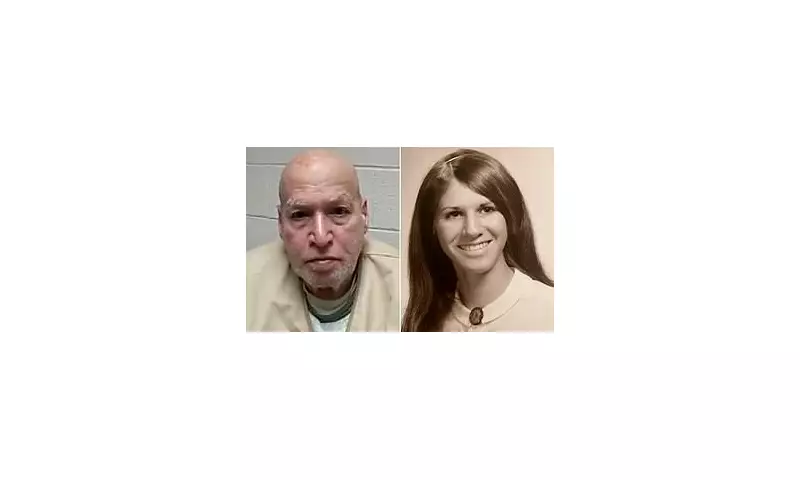
In a remarkable development that has breathed new life into Canada's oldest active cold case, investigators have finally put a name to the prime suspect in the brutal 1975 double murder of Janet Couture and George Legere.
Rodney Cameron, identified through advanced DNA technology, has been posthumously named as the man believed responsible for the horrific crime that shook the community of Chapleau, Ontario, nearly five decades ago.
The Night That Shook a Community
On December 27, 1975, the peaceful mining town of Chapleau was shattered when 25-year-old Janet Couture and 43-year-old George Legere were found brutally murdered in Legere's apartment. Both victims had been stabbed multiple times in what investigators described as a violent and frenzied attack.
The case quickly grew cold, despite extensive investigation efforts at the time. For years, the double homicide remained one of Ontario's most perplexing unsolved mysteries, haunting both investigators and the victims' families.
Modern Science Cracks Historic Case
The breakthrough came through cutting-edge forensic genetic genealogy, the same technology that has solved numerous cold cases across North America in recent years. Ontario Provincial Police confirmed they had identified Cameron through DNA evidence recovered from the original crime scene.
'This investigation demonstrates that with the advancements in modern technology, we will never give up on finding the truth for victims and their families,' said OPP Detective Inspector Kurtis Fredericks.
A Suspect Beyond Justice
There's a bitter twist to this breakthrough - Rodney Cameron will never face trial for his alleged crimes. Investigators discovered that Cameron died in 1980 at just 28 years old, taking his secrets to the grave.
Cameron, originally from Newfoundland, was known to have lived in the Chapleau area around the time of the murders. However, he was never considered a suspect during the original investigation.
Families Finally Get Answers
For the families of both victims, the identification brings a complex mix of closure and frustration. They now know who investigators believe was responsible, but the opportunity for legal justice has long passed.
The case serves as both a triumph of modern forensic science and a sobering reminder that some answers come too late for conventional justice. However, investigators emphasize that no case is ever truly closed, and they continue to seek additional information from the public that might provide further context to this decades-old tragedy.





